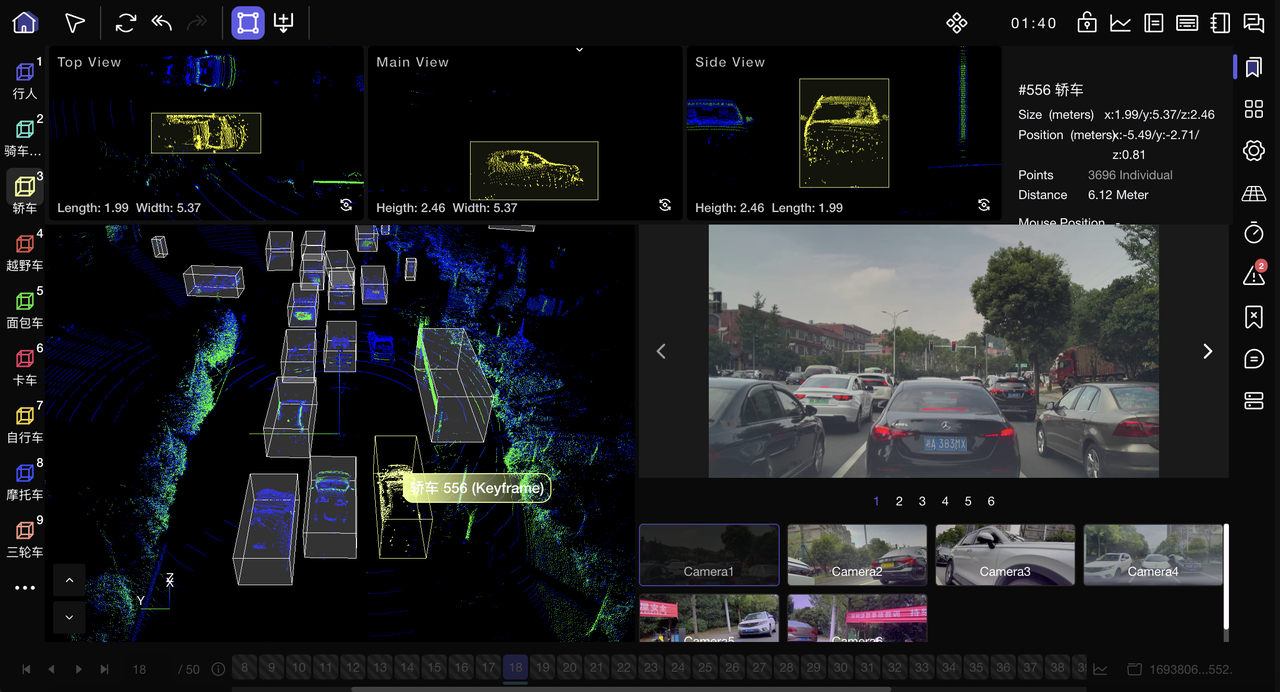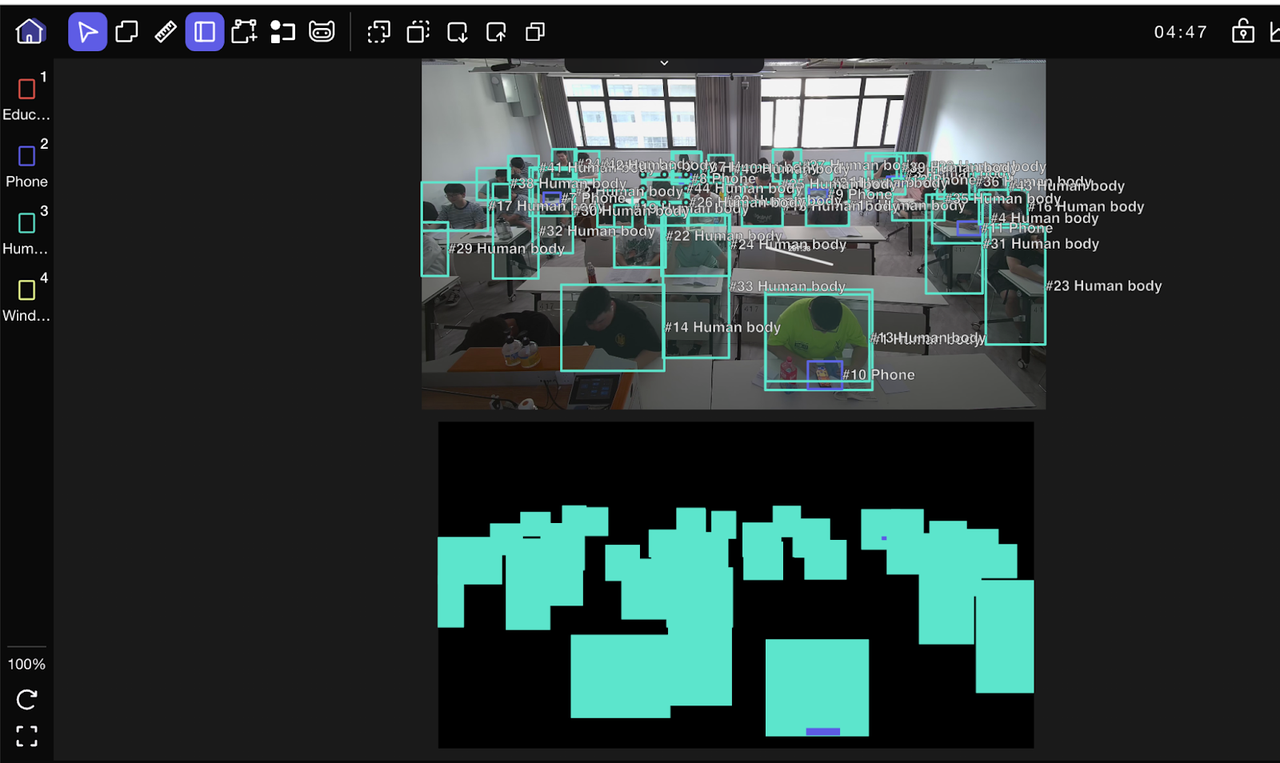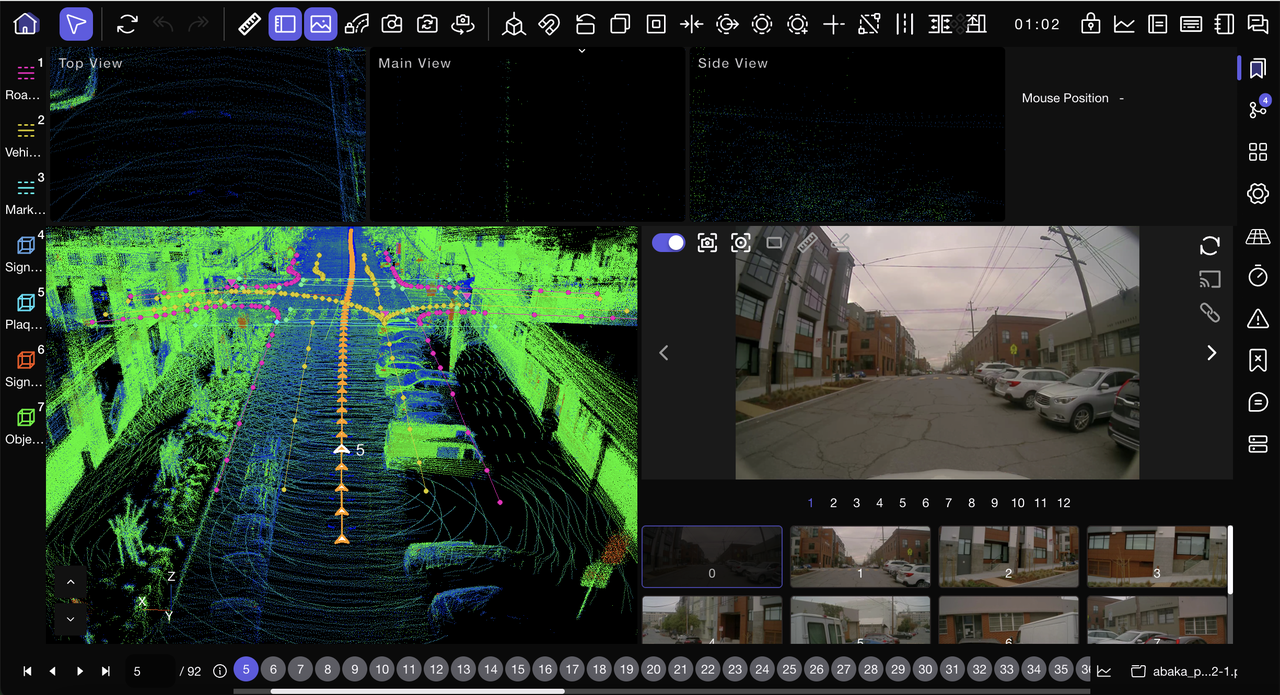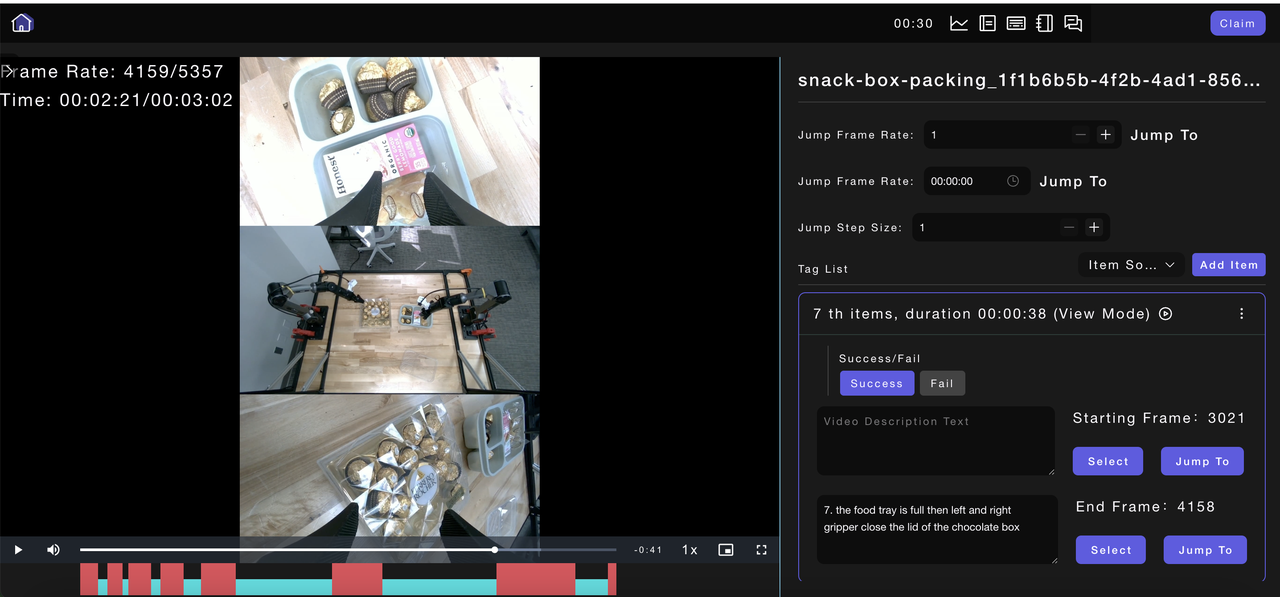Annotated Image & Video Datasets: Where to Find and How to Build
You've done everything right. You picked the perfect model architecture, tuned your parameters, even added a few tricks from recent CVPR papers. But somehow, the performance just isn't improving. What gives?
Spoiler: it's probably not your model. It's your data.

In computer vision, success doesn't just depend on how your model learns - it depends on what it learns from. And if you're training on noisy, incomplete, or irrelevant data, you're not setting your model up to win. This is especially true for tasks like object detection, segmentation, and action recognition, where precision and context matter.
1. What Smarter Dataset Building Actually Looks Like
Let's be honest - building datasets in-house seems simple... until you're drowning in blurry frames, edge cases, and annotation backlogs. At Abaka AI, teams solve this challenge with a combination of on-demand services and their proprietary MooreData Platform, which uses AI-assisted auto-labeling to annotate large volumes of image, video, and 3D data far faster than traditional methods.

The goal isn't to replace humans - it's to make them exponentially more efficient. AI handles heavy lifting with first-pass labeling, while trained human reviewers ensure the quality stays sharp. The result?
- Up to 90% faster labeling than manual workflows

- Support for bounding boxes, masks, keypoints, tracking, and more
- Rich metadata structuring, multilingual support, and custom task pipelines - whether you're labeling 500 frames or 5 million
2. Abaka supports a broad range of modalities
- Image: Bounding boxes, segmentation masks, keypoints, OCR - ideal for everything from product detection to facial recognition.
- Video: Frame-by-frame tracking, action classification, temporal segmentation, and behavioral tagging
- Other Modalities: Voice transcription, 3D point cloud annotation, synthetic data, and multimodal alignment for complex GenAI workflows
3. The Licensing Part (Matters More Than People Think)
Here's something teams don't talk about enough: licensing. Open datasets are great for experiments - but, but using them in a product, especially one you ship to customers, gets messy fast.
ABAKA helps avoid that entirely by delivering fully licensed ML datasets - clear usage rights, ethical sourcing, and terms that make sense for commercial applications. That means whether you're doing internal R&D to production-level deployment, all datasets are ethically sourced, privacy-compliant, and aligned with global regulatory standards (ISO 9001, 27001, 27701).

There are also flexible options depending on your setup: Saas (Software as Service), or private deployment if your data needs to stay in-house.
4. Ready to Build Smarter AI - at Speed and Scale?
Whether you're just starting your computer vision journey or scalling up your next GenAI model, ABAKA AI provides the tools, data, and team to help you get there - faster.
Spend less time labeling and debugging, and more time iterating, deploying, and scaling.



